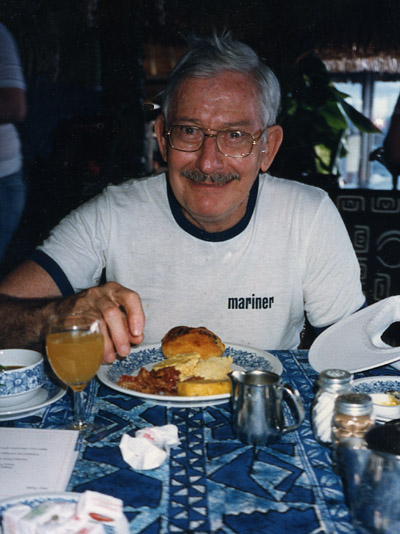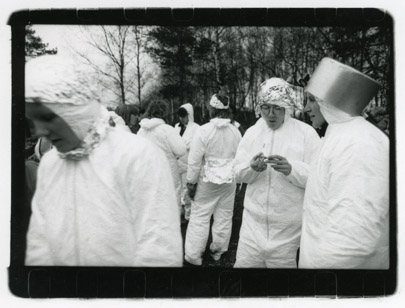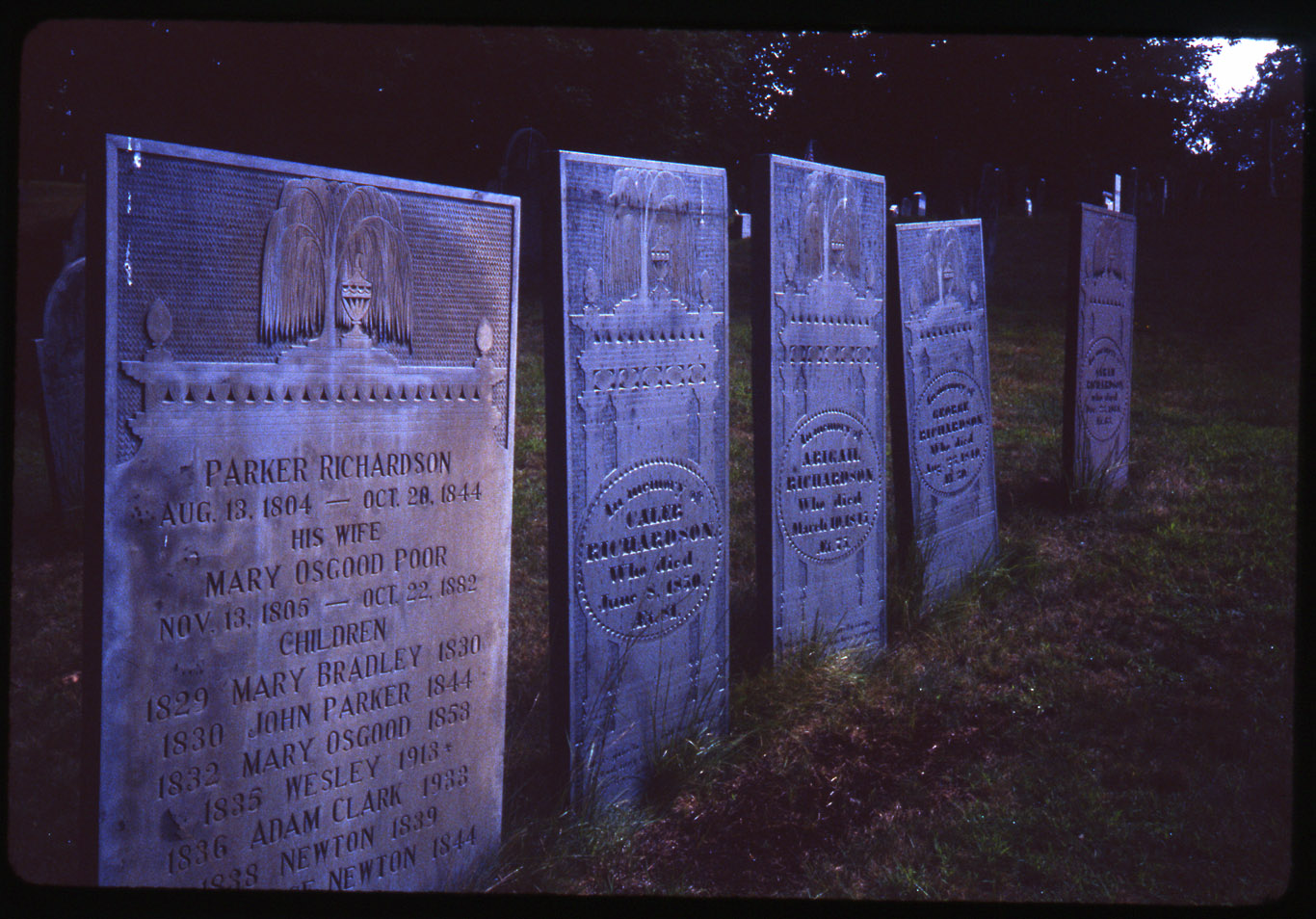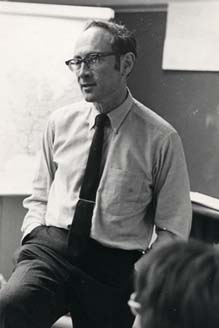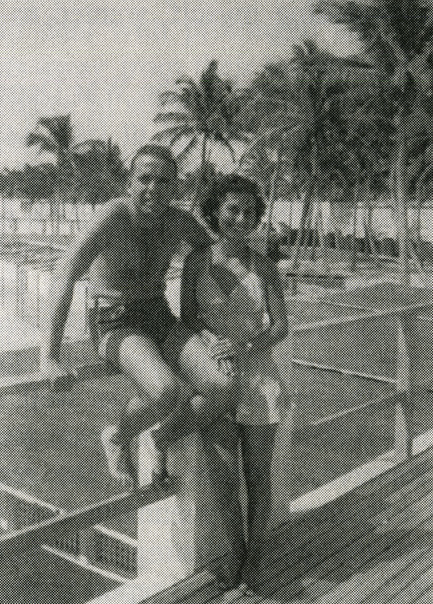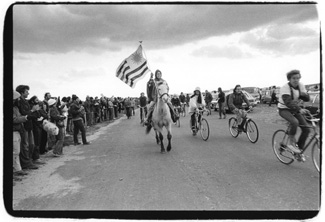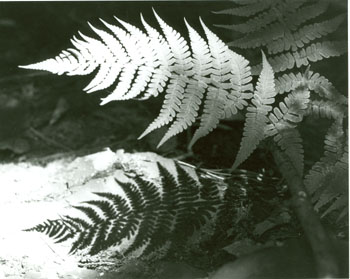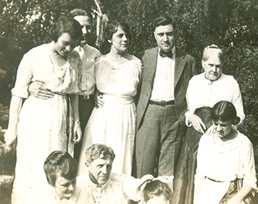Maurice Emmanuel Hippolyte Binet Collection
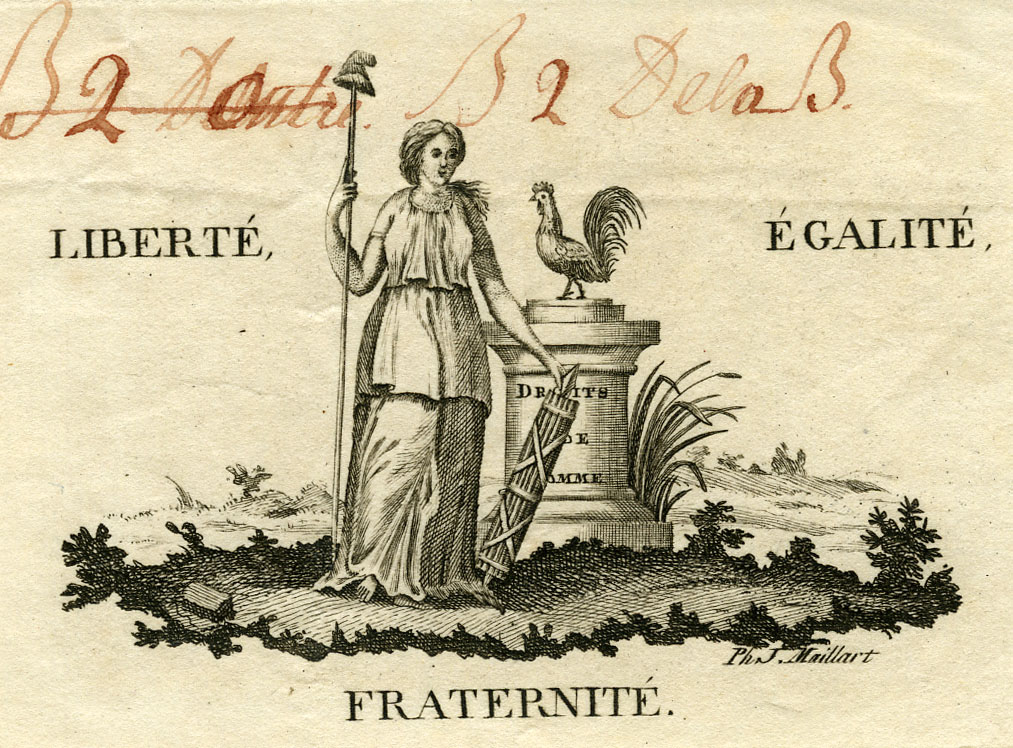
During the revolutionary era of 1789-1848, Belgium was ensnared in power politics on a continental scale, with all the drama and turbulence entailed. From the conquest of the region by French Republican forces under Napoleon in 1794 through the dissolution of French control in 1814, modern-day Belgium was divided into nine administrative departments, including the centrally-located Département de la Dyle, which included the key cities of Brussels, Louvain, and Nivelles.
Collected by Maurice Emmanuel Hippolyte Binet, this small collection of manuscripts is relatively tightly focused on the years of French Republican domination of Belgium (1794-1814), with a particular focus on the Département de la Dyle. The majority of the collection consists of letters received by the Central Administration in the Dyle, including letters to and from Napoleonic generals and French military hierarchy, civic authorities, administrators, and police. Many of the letters concern the challenges of asserting control over a subject population and the political fallout of the French Revolution, but the collection also reflects the greater tensions within a complex society changing rapidly during an age of revolution.

